 W
WClan Napier is a Lowland Scottish clan.
 W
WArchibald Napier, 1st Lord Napier, the 9th Laird Napier of Merchiston, was a Scottish politician and judge. In 1627 he was created Lord Napier of Merchiston and Baronet of Nova Scotia.
 W
WAdmiral Sir Charles John Napier KCB GOTE RN was a British naval officer whose sixty years in the Royal Navy included service in the War of 1812, the Napoleonic Wars, Syrian War and the Crimean War, and a period commanding the Portuguese navy in the Liberal Wars. An innovator concerned with the development of iron ships, and an advocate of humane reform in the Royal Navy, he was also active in politics as a Liberal Member of Parliament and was probably the naval officer most widely known to the public in the early Victorian Era.
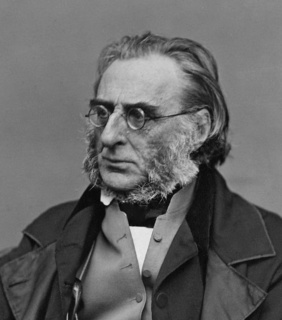 W
WGeneral Sir Charles James Napier, was an officer and veteran of the British Army's Peninsular and 1812 campaigns, and later a Major General of the Bombay Army, during which period he led the military conquest of Sindh, before serving as the Governor of Sindh, and Commander-in-Chief in India.
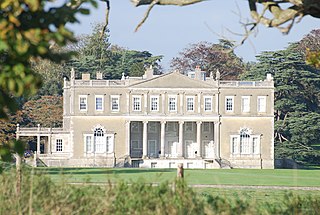 W
WCrichel House is a Grade I listed, Classical Revival country house near the village of Moor Crichel in Dorset, England. The house has an entrance designed by Thomas Hopper and interiors by James Wyatt. It is surrounded by 400 acres of parkland, which includes a crescent-shaped lake covering 50 acres. The parkland is Grade II listed in the National Register of Historic Parks and Gardens.
 W
WCulcreuch Castle is a Scottish castle close to the village of Fintry, near Loch Lomond. It had been the home of the Barons of Culcreuch since 1699. In the 1980s the castle was converted into a hotel, which it was run as until early 2020 when it was closed to the public.
 W
WDavid Napier (1785–1873) was a Scottish engineer, notable for founding Napier & Son, an early automotive and aero-engine company.
 W
WDavid Napier (1790–1869) was a Scottish marine engineer.
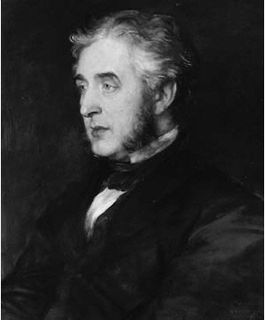 W
WFrancis Napier, 10th Lord Napier and 1st Baron Ettrick, was a Scottish polyglot, diplomat and colonial administrator. He served as the British Minister to the United States from 1857 to 1859, Netherlands from 1859 to 1860, Russia from 1861 to 1864, Prussia from 1864 to 1866 and as the Governor of Madras from 1866 to 1872. He also acted as the Viceroy of India from February to May 1872.
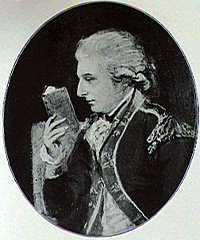 W
WColonel George Napier, styled "The Honourable", was a British Army officer, most notable for his marriage to Lady Sarah Lennox, and for his sons Charles James Napier, William Francis Patrick Napier and George Thomas Napier, all of whom were noted military officers, collectively referred to as "Wellington’s Colonels". He also served as Comptroller of Army Accounts in Ireland from 1799 until his death in 1804.
 W
WSir George Thomas Napier was a British Army officer who saw service in the Peninsular War and later commanded the army of the Cape Colony.
 W
WHenry Edward Napier was a British naval officer and historian.
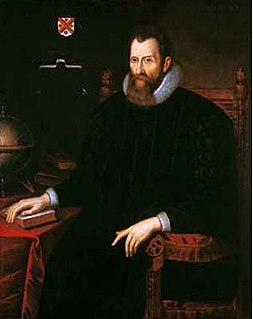 W
WJohn Napier of Merchiston, nicknamed Marvellous Merchiston, was a Scottish landowner known as a mathematician, physicist, and astronomer. He was the 8th Laird of Merchiston. His Latinized name was Ioannes Neper.
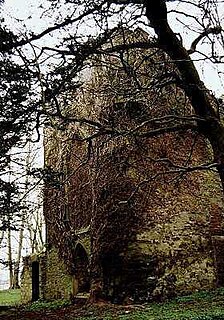 W
WKilmahew Castle is a ruined castle located just north of Cardross, in the council area of Argyll and Bute, Scotland. The castle is close by the ruins of St. Peter's Seminary. Also close by is Kilmahew Burn. Kilmahew is named after its patron saint, Mochta (Mahew).
 W
WLauriston Castle is a 16th-century tower house with 19th-century extensions overlooking the Firth of Forth, in Edinburgh, Scotland. It lies on Cramond Road South, between Cramond, Davidson's Mains, and Silverknowes. The substantial grounds, Lauriston Castle Gardens, operate as a local park. The castle was bequeathed to the Edinburgh Corporation and hosts the Lord Provost's annual Garden Party. The house is a Category A listed building and the grounds are included in the Inventory of Gardens and Designed Landscapes in Scotland.
 W
WLord Napier, of Merchistoun, is a title in the Peerage of Scotland. It was created in 1627 for Sir Archibald Napier, 1st Baronet. Earlier that year, he already held the Napier Baronetcy, of Merchistoun in the County of Midlothian, created in the Baronetage of Nova Scotia. The titles remained united until 1683, when the Baronetcy became dormant. It was revived in the early 19th century and is now held by another branch of the Napier family. Between 1683 and 1686, the Lords of Napier also held the Nicolson Baronetcy, of Carnock in the County of Stirling, and since 1725 the Scott Baronetcy, of Thirlestane in the County of Selkirk, both baronetcies created in the Baronetage of Nova Scotia. The latter one is held till today. Additionally, the tenth Lord was created Baron Ettrick, of Ettrick in the County of Selkirk in the Peerage of the United Kingdom on 16 July 1872.
 W
WMark Napier was a Scottish lawyer, biographer and historical author. He was called to the Bar, practised as an advocate, and was made Sheriff of Dumfries and Galloway. Napier wrote from a strongly Cavalier and Jacobite standpoint. He published Memoirs of the Napiers, of Montrose, and of Graham of Claverhouse, the last of which gave rise to controversy.
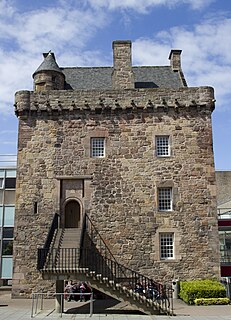 W
WMerchiston Tower, also known as Merchiston Castle, was probably built by Alexander Napier, the 2nd Laird of Merchiston around 1454. It serves as the seat for Clan Napier. It was the home of John Napier, the 8th Laird of Merchiston and the inventor of logarithms, who was born there in 1550.
 W
WField Marshal Robert Cornelis Napier, 1st Baron Napier of Magdala was a British Indian Army officer. He fought in the First Anglo-Sikh War and the Second Anglo-Sikh War before seeing action as chief engineer during the second relief of Lucknow in March 1858 during the Indian Rebellion of 1857. He also served in the Second Opium War as commander of the 2nd division of the expeditionary force which took part in the Battle of Taku Forts, the surrender of Peking's Anting Gate and the entry to Peking in 1860. He subsequently led the punitive expedition to Abyssinia July 1867, defeating the Emperor Tewodros II of Ethiopia with minimal loss of life among his own forces and rescuing the hostages of Tewodros.
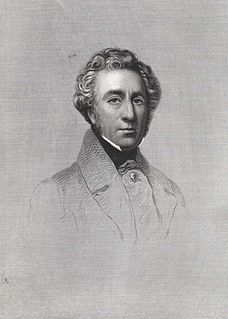 W
WRobert Napier was a Scottish marine engineer known for his contributions to Clyde shipbuilding.
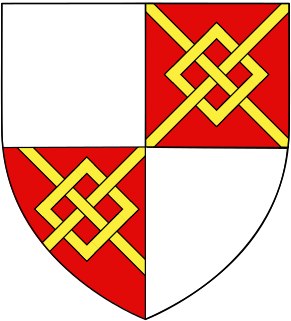 W
WLord Sherborne, Baron of Sherborne, in the County of Gloucester, was a title in the Peerage of Great Britain. It was created in 1784 for James Dutton, who had earlier represented Gloucestershire in Parliament. He was the son of James Dutton by Anne Dutton, daughter of Sir Ralph Dutton, 1st Baronet. His father had assumed the surname of Dutton in lieu of his patronymic on succeeding to the Dutton estates in 1743. The title became extinct upon the death of the eighth Baron in 1985.
 W
WWilliam John Napier, 9th Lord Napier, Baron Napier FRSE was a British Royal Navy officer and trade envoy in China.